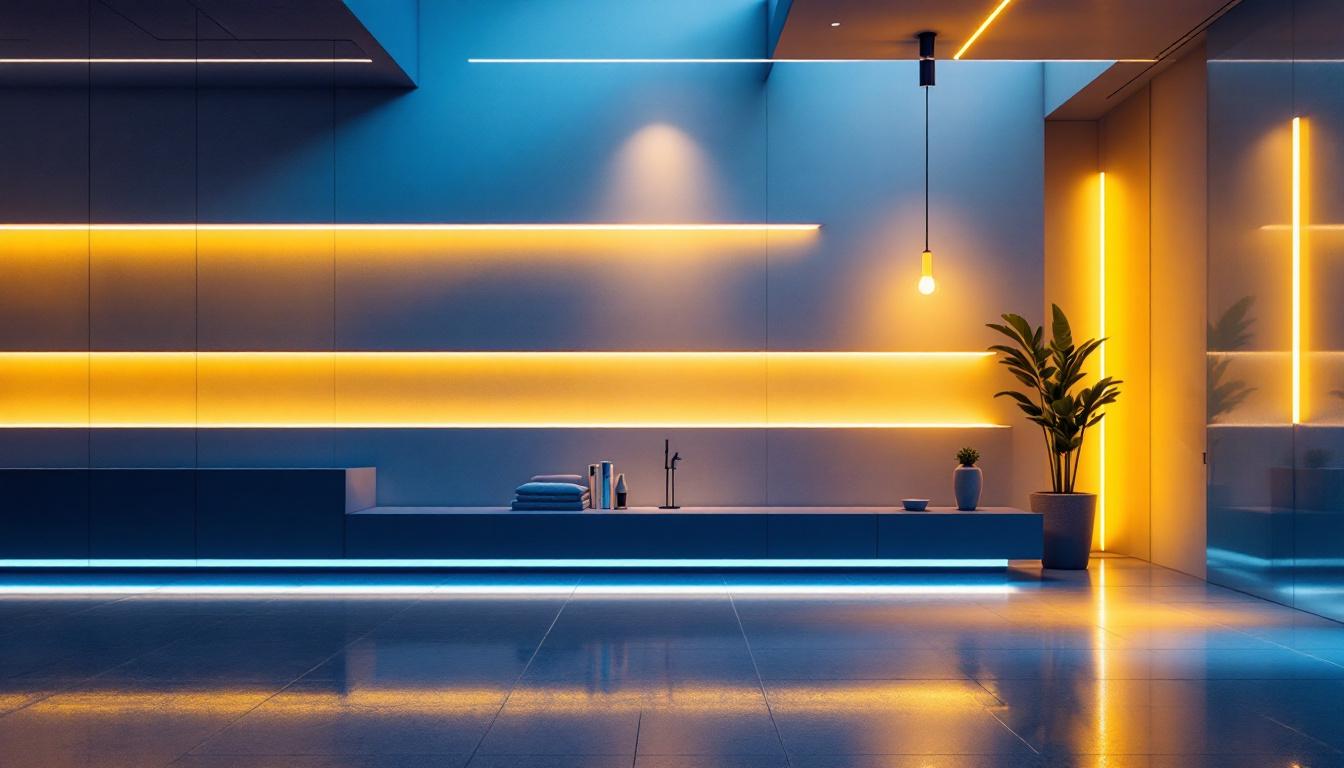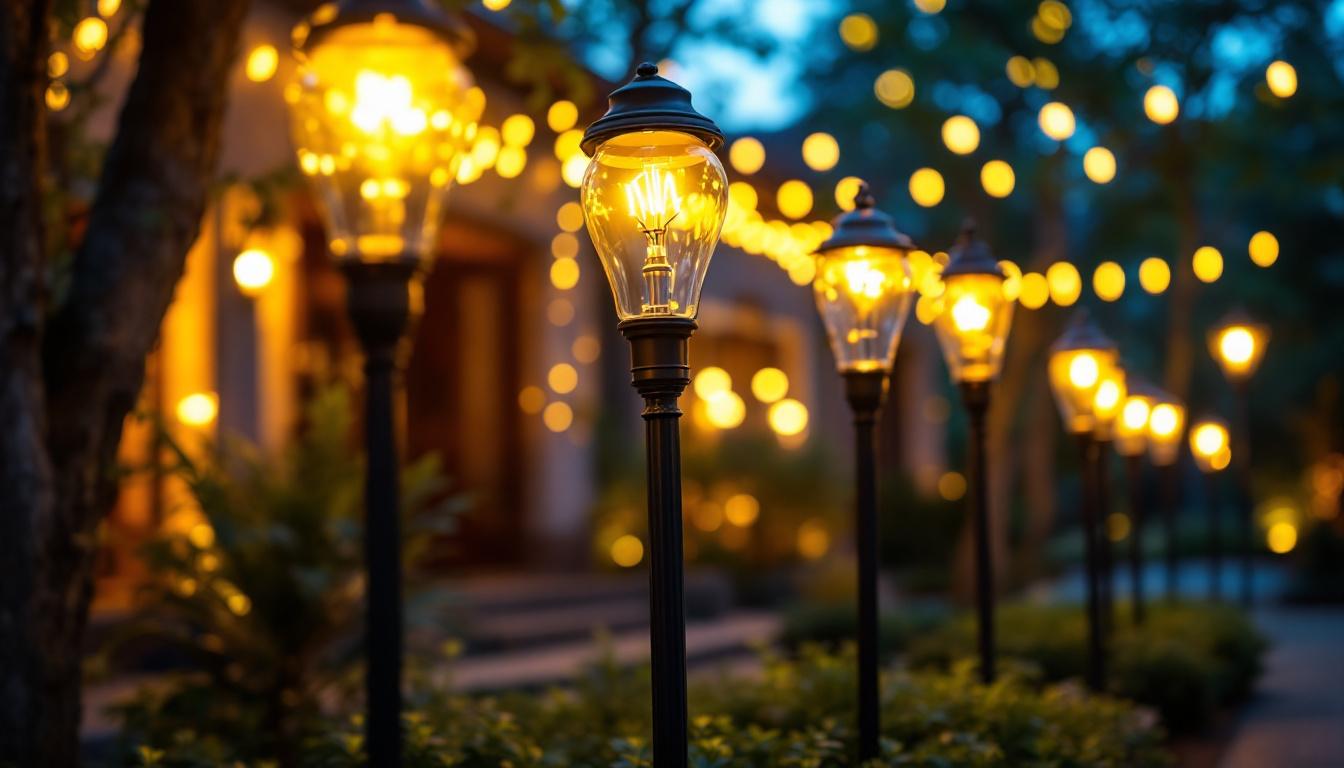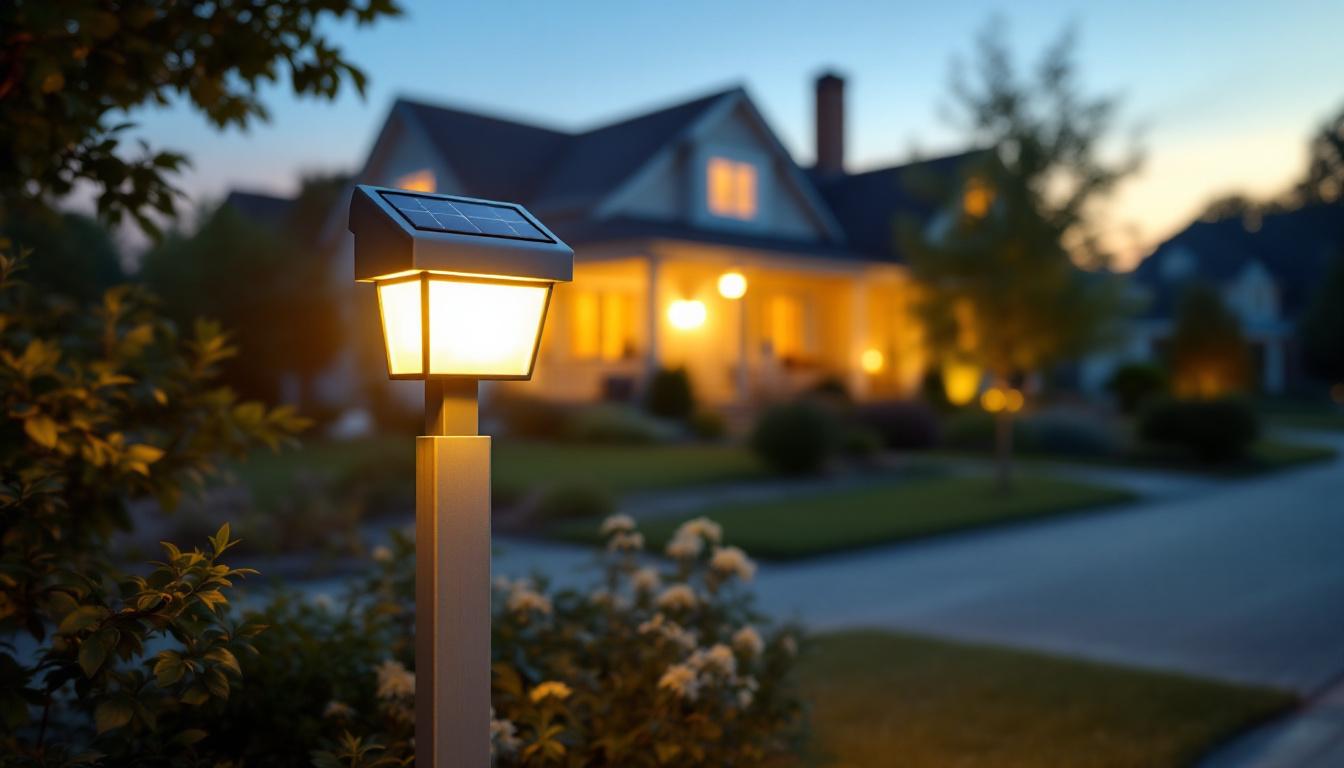
Lighting has long been a fundamental element in architecture and interior design, primarily serving the purpose of illumination. However, the role of lighting has dramatically evolved, shifting from mere functionality to creating immersive experiences that influence mood, productivity, and well-being. For lighting contractors, understanding this evolution is crucial to staying ahead in a competitive market.
Modern lighting design integrates aesthetics, technology, and human-centric principles. This holistic approach considers how light affects circadian rhythms, enhances spatial perception, and promotes sustainability. As a result, lighting professionals are no longer just installers but collaborators in crafting environments that resonate emotionally and functionally with occupants.
One of the most significant advancements in lighting design has been the integration of smart technology. With the rise of IoT (Internet of Things), lighting systems can now be controlled remotely, programmed to adapt to different times of day, and even respond to the presence of individuals within a space. This level of customization not only enhances convenience but also allows for a dynamic interplay of light that can transform a room’s atmosphere in an instant. For instance, a workspace can shift from bright, energizing light during the day to softer, warmer tones in the evening, promoting relaxation and focus as needed.
Moreover, the emphasis on sustainability has led to the development of energy-efficient lighting solutions, such as LED technology, which significantly reduces energy consumption and carbon footprints. Lighting designers are increasingly tasked with selecting fixtures that not only meet aesthetic and functional requirements but also align with environmental goals. This shift towards eco-friendly practices is not just a trend; it reflects a growing awareness of our responsibility to create spaces that are not only beautiful but also sustainable for future generations. By marrying innovative design with environmental consciousness, lighting professionals can contribute to a more sustainable built environment while enhancing the user experience.
The rise of smart lighting systems powered by the Internet of Things (IoT) has revolutionized how lighting is controlled and customized. These systems allow for dynamic adjustments based on occupancy, natural light availability, and user preferences, all managed through centralized platforms or mobile devices.
For contractors, installing smart lighting involves more than wiring; it requires understanding network protocols, integration with building management systems, and ensuring cybersecurity. The ability to offer these advanced solutions enhances the value proposition for clients seeking energy efficiency and convenience. Furthermore, the integration of voice-activated assistants and mobile applications allows users to control their lighting environments seamlessly, creating a more user-friendly experience. As homes and businesses increasingly adopt smart technology, contractors who are proficient in these systems will find themselves in high demand, positioning themselves as essential partners in the evolution of modern spaces.
LED technology continues to lead the lighting industry with improvements in energy efficiency, color rendering, and lifespan. New developments include tunable white LEDs that can adjust color temperature to mimic natural daylight cycles, supporting occupant health and comfort.
Lighting contractors must stay updated on these advancements to recommend and install the most appropriate fixtures. Knowledge of LED drivers, dimming compatibility, and thermal management is essential to optimize performance and longevity. Additionally, the emergence of smart LED solutions that can be controlled via apps or integrated into smart home systems is reshaping the market. These products not only enhance aesthetic appeal but also contribute to energy savings, as users can program their lighting to operate only when needed, further emphasizing the importance of contractor expertise in navigating these evolving technologies.
Wireless lighting solutions reduce the need for extensive wiring, simplifying installation in retrofit projects or complex architectural settings. Modular lighting components enable flexible configurations, allowing spaces to adapt to changing needs without major renovations.
These innovations not only reduce labor costs and installation time but also provide clients with scalable and adaptable lighting systems. Contractors skilled in these techniques can offer tailored solutions that meet evolving design requirements. Moreover, the ability to easily reconfigure lighting layouts in response to changing spaces—such as converting a conference room into a collaborative workspace—adds significant value for businesses. As companies increasingly prioritize flexibility in their environments, the demand for contractors who can implement these innovative installation techniques will likely grow, making it crucial for professionals in the field to embrace ongoing education and training in these areas.
Human-centric lighting (HCL) places the physiological and psychological needs of occupants at the forefront. By replicating natural light patterns and adjusting intensity and color temperature throughout the day, HCL supports circadian rhythms, improving sleep quality, mood, and cognitive function.
In commercial environments, studies have shown that HCL can increase employee productivity by up to 15% and reduce absenteeism. For healthcare settings, appropriate lighting contributes to faster patient recovery and reduced stress levels. The benefits of HCL extend beyond mere productivity; they also encompass enhanced creativity and collaboration among team members. When employees are exposed to lighting that mimics the natural progression of daylight, they report feeling more energized and engaged, leading to a vibrant workplace atmosphere that fosters innovation.
Lighting contractors play a pivotal role in implementing HCL by selecting appropriate fixtures, controls, and programming. This requires collaboration with designers, architects, and end-users to tailor solutions that align with specific occupant needs. Additionally, the integration of smart lighting technology allows for dynamic adjustments based on real-time occupancy and environmental conditions. This adaptability not only maximizes energy efficiency but also ensures that the lighting remains responsive to the changing needs of the space, creating an environment that is both functional and comfortable.
Moreover, the impact of HCL is not limited to indoor spaces. Outdoor lighting solutions that consider human-centric principles can enhance public areas, parks, and streetscapes, promoting safety and well-being after dark. By utilizing warm color temperatures and strategically placed fixtures, urban planners can create inviting spaces that encourage social interaction and community engagement, ultimately contributing to a higher quality of life in urban settings. As the understanding of HCL continues to evolve, its applications are likely to expand, influencing everything from residential design to public infrastructure.
Regulatory frameworks worldwide are increasingly stringent regarding energy consumption and environmental impact. Lighting contractors must be well-versed in local energy codes, such as ASHRAE standards or LEED certification requirements, to ensure compliance and optimize system performance.
Incorporating energy-efficient technologies like LEDs, occupancy sensors, and daylight harvesting systems not only meets these standards but also delivers long-term cost savings for clients. Demonstrating expertise in sustainable lighting solutions can differentiate contractors in a crowded marketplace. Furthermore, staying updated with the latest advancements in energy regulations can provide contractors with a competitive edge, allowing them to offer clients innovative solutions that not only comply with current laws but also anticipate future changes in legislation.
As clients become more environmentally conscious, they are increasingly seeking contractors who can provide transparency regarding the energy efficiency of their projects. This demand for accountability is prompting contractors to adopt comprehensive reporting practices that detail energy savings and environmental benefits, thus building trust and fostering long-term relationships with clients.
Sustainability extends beyond energy use to encompass the entire lifecycle of lighting products. This includes sourcing materials responsibly, minimizing waste during installation, and facilitating end-of-life recycling or repurposing.
Emerging materials such as biodegradable components and recyclable LEDs are gaining traction. Contractors who advocate for and implement these innovations contribute to a circular economy and reinforce their commitment to environmental stewardship. Additionally, the integration of smart technologies into lighting systems can enhance their functionality and lifespan, allowing for real-time monitoring and adjustments that further reduce energy consumption.
Moreover, the trend towards modular lighting systems is reshaping the industry by enabling easier upgrades and repairs, thus extending the lifecycle of products. By promoting these modular solutions, contractors can help clients make informed decisions that align with their sustainability goals while also ensuring that their investments remain relevant and efficient over time. This proactive approach not only benefits the environment but also positions contractors as leaders in the evolving landscape of sustainable design and construction.
The pace of innovation in lighting technology demands continuous learning and adaptation. Contractors must invest in training to master new tools, software, and installation techniques. Partnering with manufacturers and participating in industry forums can provide valuable insights and support.
Embracing technology also means managing complexity, such as integrating lighting with other building systems and ensuring cybersecurity. Those who navigate these challenges effectively position themselves as trusted experts.
Clients increasingly expect personalized lighting solutions that reflect their unique preferences and operational needs. Lighting contractors have the opportunity to deepen client relationships by offering consultative services, demonstrating prototypes, and providing post-installation support.
Utilizing visualization tools and simulation software can help clients understand the impact of different lighting scenarios, fostering informed decision-making and satisfaction.
Beyond traditional residential and commercial projects, emerging sectors such as horticultural lighting, urban infrastructure, and wellness-focused environments present new avenues for growth. Contractors who diversify their expertise can tap into these expanding markets.
The future of lighting design and installation is characterized by a balance between technological innovation, human-centric principles, and sustainability. Lighting contractors who embrace this multifaceted approach will not only enhance their technical capabilities but also deliver meaningful value to clients and communities.
By staying informed about industry trends, investing in continuous education, and fostering collaborative relationships, contractors can lead the transformation of lighting from a basic utility to a dynamic, life-enhancing element of the built environment.
As you embrace the future of lighting design and installation, partner with LumenWholesale to ensure your projects shine with excellence. Our commitment to providing contractors with superior, spec-grade lighting products at unbeatable wholesale prices aligns perfectly with the industry’s move towards innovation, human-centric design, and sustainability. With LumenWholesale, you’ll find an extensive selection that meets the highest standards, all with the convenience of hassle-free bulk buying and free shipping. Elevate your lighting installations by choosing the perfect blend of quality, affordability, and convenience. Discover Wholesale Lighting at the Best Value today and light up your projects with confidence.

Explore the pros and cons of outdoor post light bulbs versus alternative lighting solutions in this insightful guide.

Discover innovative strategies employed by smart lighting contractors to enhance curb appeal and functionality with solar mailbox lights.

Discover practical solutions for lighting contractors facing challenges with washer dryer outlet adapters.

Discover essential insights from lighting contractors on choosing and installing industrial light switches.